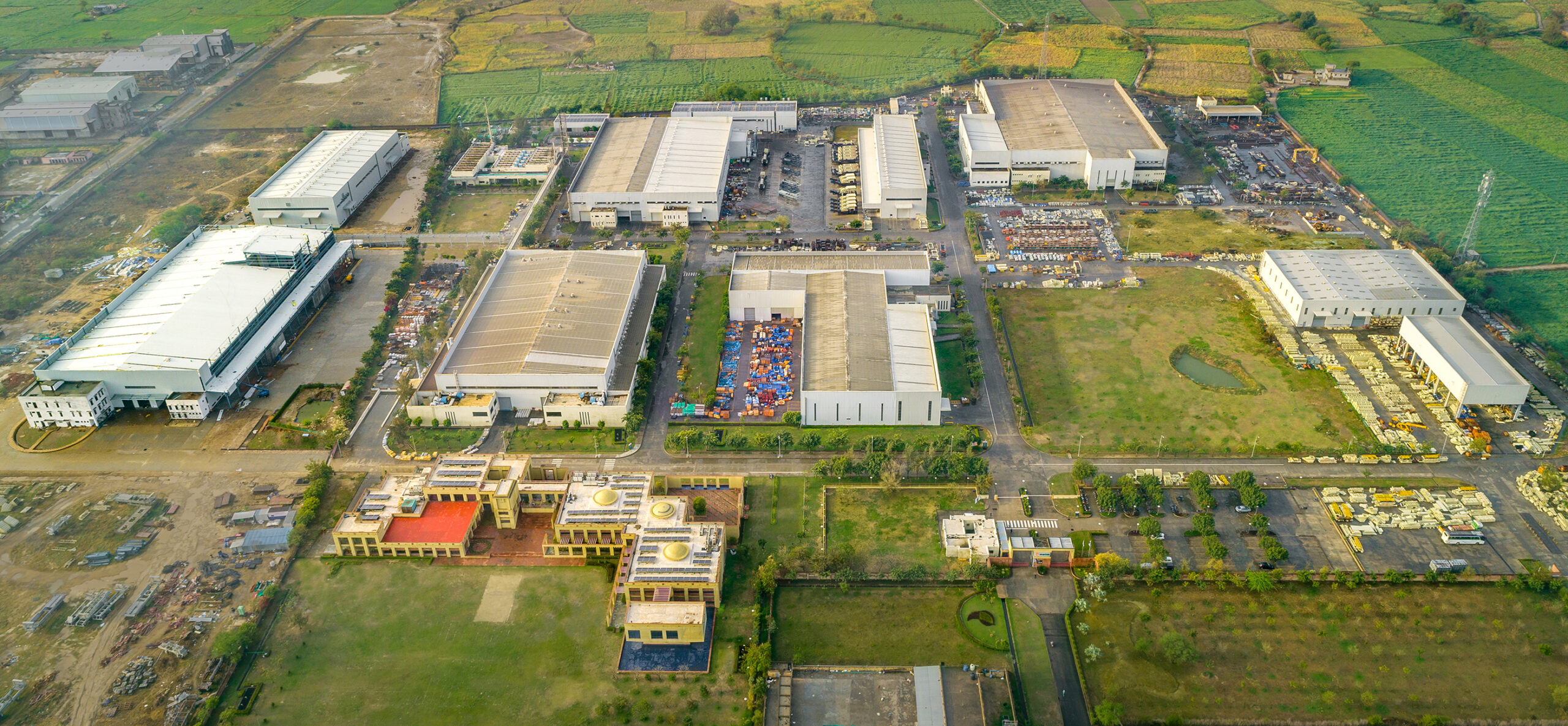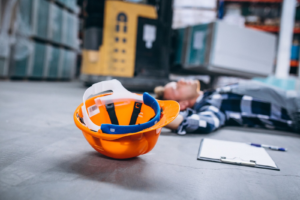
Current Trends in the Design and Construction of Sustainable Factories
General Introduction
In recent years, sustainability has emerged as a vital aspect of the development of industries and factories, with companies increasingly acknowledging their responsibility towards the environment and society. Among these industries, the design and construction of sustainable factories have gained prominence as a key strategy to reduce their ecological footprint to a great extent and foster responsible manufacturing practices. In this article, we will navigate through the current trends shaping the design and construction of sustainable factories as industries strive to balance economic growth with ecological conservation.
Current Trends: Reshaping The Design and Construction of Sustainable Factories and Industrial Buildings
Let us explore the current trends in the design and construction of sustainable industrial buildings:-
Green Building Certifications:
Green building certifications, such as LEED (Leadership in Energy and Environmental Design) and BREEAM (Building Research Establishment Environmental Assessment Method), have become some of the most important benchmarks for sustainable factory design and construction. These certifications assess various aspects of a factory or an industrial building, including energy efficiency, water usage, waste management, and indoor air quality. Meeting the uncompromising criteria set by these certifications ensures that sustainable factories are constructed that prioritize environmental conservation and employee well-being.
Net Zero Energy Buildings:
The concept of net Zero Energy buildings, or NZEBs, is gaining traction in the design of sustainable industrial structures, such as factories. A net-zero energy building is designed to produce as much energy as it consumes, achieving and maintaining a balance between energy generation and consumption. To achieve this, factories integrate renewable energy sources such as solar panels or photovoltaic systems, wind turbines, and geothermal systems into their designs. By harnessing clean energy on-site, these industrial buildings can significantly reduce their carbon footprint and even contribute surplus energy to the grid.
Circular Economy Principles:
Implementing circular economy principles into the design and construction of factories involves reducing waste generation and promoting resource efficiency. Sustainable factories and industrial structures adopt strategies like reusing construction materials, implementing recycling systems, and designing products for disassembly. By embracing a circular approach, these structures minimize their dependency on raw materials and lower their overall impact on the environment while also promoting a more sustainable business model.
Smart Factory Technologies:
The rise of the era of technology has paved the way for smart factory technologies, which are now becoming integral to sustainable factory design. These technologies include automation systems like the Internet of Things (IoT), artificial intelligence (AI), data analytics, and other such automation technologies. By implementing these technologies, factories can optimize energy usage, streamline production processes, and enhance overall resource efficiency. For example, sensors can monitor energy consumption, and AI algorithms can optimize production schedules to minimize energy-intensive operations during peak hours. However, these systems are extensively used to design and construct the factory buildings according to the given specifications.
Biophilic Design:
The primary goal of biophilic design is to bring nature into the built environment, creating a more harmonious and productive workspace for employees. Factory owners are increasingly incorporating biophilic elements such as living green walls, natural lighting, and indoor plants in factories. Besides enhancing indoor air quality and minimizing stress, biophilic design fosters a stronger connection between employees and the natural world, promoting well-being and productivity.
Water Management Systems:
Water scarcity is one of the major global issues, and sustainable factories recognize the vitality of responsible water management. Water conservation and management methods such as rainwater harvesting, water recycling, and water-efficient fixtures are common features of these factories. By reducing their consumption of water and implementing efficient water management systems, sustainable factories alleviate the burden on local water resources and contribute to overall water conservation efforts.
Waste Reduction and Management:
Efficient waste management is crucial for sustainable factory design and construction. Minimizing waste generation, promoting recycling, and establishing waste-to-energy systems are some of the effective approaches adopted by sustainable factories. Waste minimization not only reduces environmental impact but also aims to save a significant amount of money through reduced waste disposal expenses.
Modular and Prefabricated Construction:
Modular construction and Prefabricated Buildings, also known as Pre-Engineered Buildings or PEBs, are gaining popularity in sustainable factory design due to their numerous benefits. These methods of building construction involve constructing sections of the factory off-site and assembling them on-site. This approach minimizes construction waste, shortens project timelines, and allows flexibility for future expansions or modifications.
Social Sustainability and Worker Well-Being:
Sustainable industrial buildings emphasize not only environmental responsibility but also social sustainability. Worker well-being is highly prioritized through the provision of comfortable and safe working conditions on site, access to natural light and ventilation, and spaces that foster collaboration and creativity. Such investments in employee welfare result in increased job satisfaction, greater productivity, and overall worker retention.
Wrapping Up
The design and construction of industrial buildings and sustainable factories are witnessing a transformative shift as industries recognize the urgent need to balance economic growth with environmental preservation. Concepts such as green building certifications, net-zero energy buildings, circular economy principles, smart technologies, and biophilic design are among the prominent trends shaping the future of sustainable factories and industrial facilities. By embracing these innovations, industries can create manufacturing facilities that are not only environmentally friendly but also economically viable and socially beneficial. As the demand for sustainable products and practices increases, these factories will undoubtedly play a pivotal role in shaping a more sustainable and resilient future.





